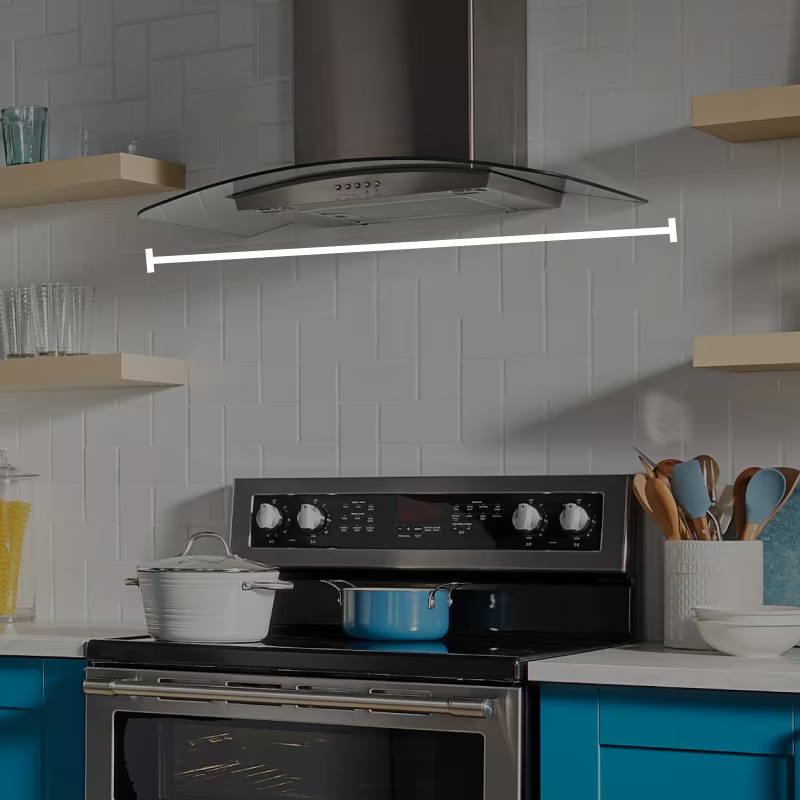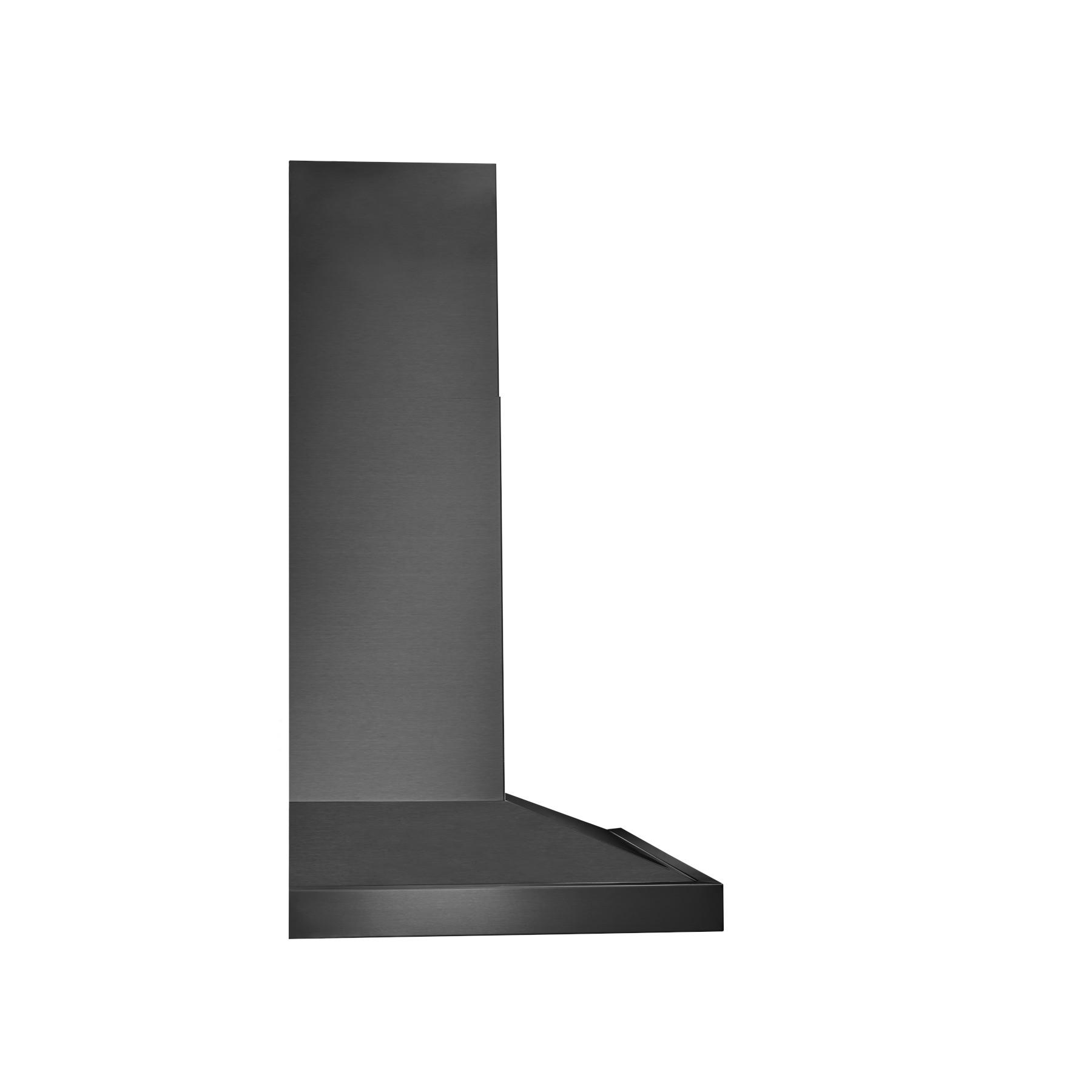The requirement for a range hood in residential or commercial kitchens is primarily determined by local building codes and regulations, which can vary significantly depending on geographic location. While there isn’t a universal mandate across all jurisdictions mandating the installation of a range hood, many building codes do incorporate provisions that strongly recommend or explicitly require them under certain circumstances. Here’s a detailed look into the factors that influence these requirements:
Ventilation and Indoor Air Quality Requirements
One of the primary reasons behind requiring a range hood is to maintain acceptable indoor air quality (IAQ). Cooking processes can release smoke, grease, heat, steam, and odors, as well as potentially harmful pollutants like carbon monoxide and nitrogen dioxide. To mitigate these, building codes often stipulate minimum ventilation standards for kitchens, which a range hood helps to meet. For example, the International Residential Code (IRC) and International Building Code (IBC), widely adopted in the United States, include provisions for mechanical exhaust in residential and commercial cooking areas.
Fire Safety
Range hoods with proper exhaust systems also serve as a fire prevention measure by removing flammable vapors and reducing the risk of grease fires spreading. Some codes, therefore, mandate their installation near cooking appliances, especially those using gas, as a safety precaution.
Local Variations
Municipalities and states may have their own amendments or additional requirements beyond the baseline set by international codes. In some regions, particularly those with a focus on green building practices or areas prone to high humidity, the requirement for a range hood with effective ventilation might be stricter.
Type of Dwelling
Requirements can differ based on whether the dwelling is single-family, multi-family, or a commercial establishment. For instance, apartment buildings or condominiums might have stricter ventilation codes due to shared walls and the potential impact of cooking odors and fumes on neighboring units.
Exceptions and Alternatives
While range hoods are often preferred, there may be exceptions or alternatives allowed under certain codes. For example, a kitchen equipped with a high-efficiency range or cooktop designed to minimize emissions might have different ventilation requirements. Alternatively, in older buildings or unique architectural designs where installing a traditional ducted hood is impractical, are range hoods required by code might permit the use of recirculating range hoods or other ventilation solutions.
Energy Efficiency Standards
Some jurisdictions incorporate energy efficiency standards into their building codes, influencing the type and efficiency rating of range hoods that can be installed. This includes specifications for hood fans with variable speeds and automatic shut-off features to conserve energy.
Integration with Home Automation and Smart Home Features
As smart homes become more prevalent, building codes and standards are gradually evolving to accommodate advanced technologies. Although not a direct requirement for range hoods, the integration of smart features in ventilation systems, such as automatic sensors that adjust fan speed based on cooking activity or humidity levels, can align with broader energy efficiency and IAQ goals outlined in some codes. These features can contribute to meeting overall home performance standards.
Accessibility Requirements
Accessibility codes, like the Americans with Disabilities Act (ADA) in the United States, may indirectly affect range hood installations in public or commercial kitchens. These regulations ensure that all aspects of a space, including ventilation controls, are accessible to individuals with disabilities. Designers must consider the placement and operation of range hood controls to ensure compliance.
Environmental Impact and Sustainable Design
In recent years, there has been a growing emphasis on sustainable building practices. As part of this movement, some local codes and green building standards (e.g., LEED, Passive House) encourage or require the use of energy-efficient appliances and ventilation systems that minimize environmental impact. Range hoods with high efficiency motors, low noise levels, and effective grease filtration systems can contribute to achieving these sustainability targets.
Future Developments and Code Updates
Building codes are continually revised to reflect advancements in technology, new research on health and safety, and changing environmental concerns. Future updates could further emphasize the importance of effective kitchen ventilation, introduce new standards for range hood performance, or incorporate emerging technologies such as air purification systems integrated with range hoods. Staying informed about code updates is crucial for ensuring compliance and leveraging the latest innovations in kitchen design.
International Perspectives
Outside the United States, countries have their own sets of building codes and standards that dictate the use of range hoods. The European Union, for instance, has the Construction Products Regulation (CPR) and Energy-related Products Directive (ErP) that set minimum requirements for ventilation products sold in EU member states. These regulations emphasize energy efficiency and environmental performance, affecting the design and specification of range hoods.
Noise Restrictions
Another aspect that some building codes address, particularly in densely populated urban areas or high-end residential developments, is noise control. Range hoods with powerful fans can generate significant noise, leading codes to specify maximum noise levels during operation. Designers and installers must, therefore, choose range hoods that not only meet ventilation requirements but also adhere to noise restrictions.
Ducting and Exhaust Specifications
Building codes often provide detailed specifications regarding the size, material, and routing of ductwork associated with range hoods. These specifications ensure efficient exhaust and prevent issues like backdrafting (where exhaust gases from other appliances are drawn back into living spaces). Compliance typically involves ensuring ducts are properly sealed, insulated, and of adequate diameter to handle the expected volume of air.
Accessibility and Usability
Codes and standards related to accessibility, such as the Americans with Disabilities Act (ADA), may also influence the design and placement of range hoods. For example, controls should be within reach for individuals with disabilities, and the hood itself should not impede movement beneath it. This underscores the importance of considering usability and inclusivity in kitchen design.

Installation guidelines and considerations
Here are some key considerations and guidelines for installing a range hood:
Before you Install:
- Match the Hood to Your Cooktop: The range hood width should ideally be equal to or slightly wider than your cooktop for optimal capture of smoke and grease.
- Choose the Right Height: Consider the type of cooktop you have:
- Electric Cooktops: Standard height is 20-24 inches above the cooktop surface.
- Gas Cooktops: Recommended height is 24-30 inches due to higher heat output.
- Venting Options: Decide how you’ll vent the hood:
- Exterior Wall Vent: Most common method, requires drilling a hole through the exterior wall for exhaust to exit.
- Roof Vent: Used when an exterior wall vent isn’t possible, requires routing ducts through the ceiling and roof.
- Electrical Requirements: Make sure you have a dedicated electrical outlet near the installation location for powering the hood.
Inspection and approval process for new or renovated kitchens
Is a range hood required by code can vary depending on your location – national codes provide a baseline, but states and municipalities can have stricter requirements. Here’s a breakdown:
National Codes:
- International Code Council (ICC) publishes International Mechanical Code (IMC) which offers general guidelines for exhaust systems in areas with appliances producing fumes, smoke or heat [search for International Mechanical Code].
- IMC doesn’t specifically mandate range hoods in residential settings, but if you have one, is range hood required by code?
Local Codes:
- Your state or municipality might have stricter requirements than the national codes. They might mandate range hoods in certain situations – best to check with your local building department to confirm what applies in your area.
Inspection and Approval Process:
- Typically, you’ll need to get a permit before installing a new range hood or renovating your kitchen.
- The inspector will verify the range hood meets code requirements, including:
- Proper installation (electrical safety, secure mounting)
- Ducts meet fire safety standards (fire-resistant wrap, proper connections)
- Vent termination (appropriate distance from property lines and air intakes)
Tips:
- Contact your local building department to understand the specific codes and inspection process in your area.
- Ensure your chosen range hood is listed by a reputable testing agency like UL (Underwriters Laboratories) for safety and performance.
- Hire a qualified contractor familiar with local codes for installation to ensure a smooth inspection process.
While it’s not universally mandated by all building codes, a range hood is often required or highly recommended due to its role in maintaining indoor air quality, enhancing fire safety, and complying with local regulations. It’s crucial for homeowners, builders, and designers to consult the specific building codes applicable to their location and project to determine the precise requirements for kitchen ventilation. Failure to comply with these codes can result in denied permits, fines, or even the need for costly retrofits. Therefore, understanding and adhering to the relevant codes is essential for a successful and compliant kitchen installation.






